Vinegar cleaner recipes – who knew something so simple could unlock a world of sparkling clean possibilities in your home? I’m so excited to share some of my favorite DIY cleaning solutions with you, all powered by the humble, yet mighty, vinegar! For generations, vinegar has been a go-to cleaning agent, dating back to ancient civilizations who recognized its potent antibacterial and deodorizing properties. Think about it: our grandmothers and great-grandmothers relied on vinegar long before fancy, chemical-laden cleaners lined store shelves.
But why should you embrace vinegar cleaner recipes today? Well, for starters, it’s incredibly cost-effective. Ditch those expensive sprays and wipes – vinegar is a fraction of the price! More importantly, it’s a fantastic way to reduce your exposure to harsh chemicals and create a healthier home environment for yourself, your family, and even your pets. Plus, crafting your own cleaning solutions is surprisingly satisfying!
In this article, I’ll walk you through some easy-to-follow vinegar cleaner recipes for tackling everything from grimy countertops to stubborn bathroom stains. Get ready to discover the magic of vinegar and transform your cleaning routine into a simple, sustainable, and surprisingly enjoyable experience. Let’s get started!
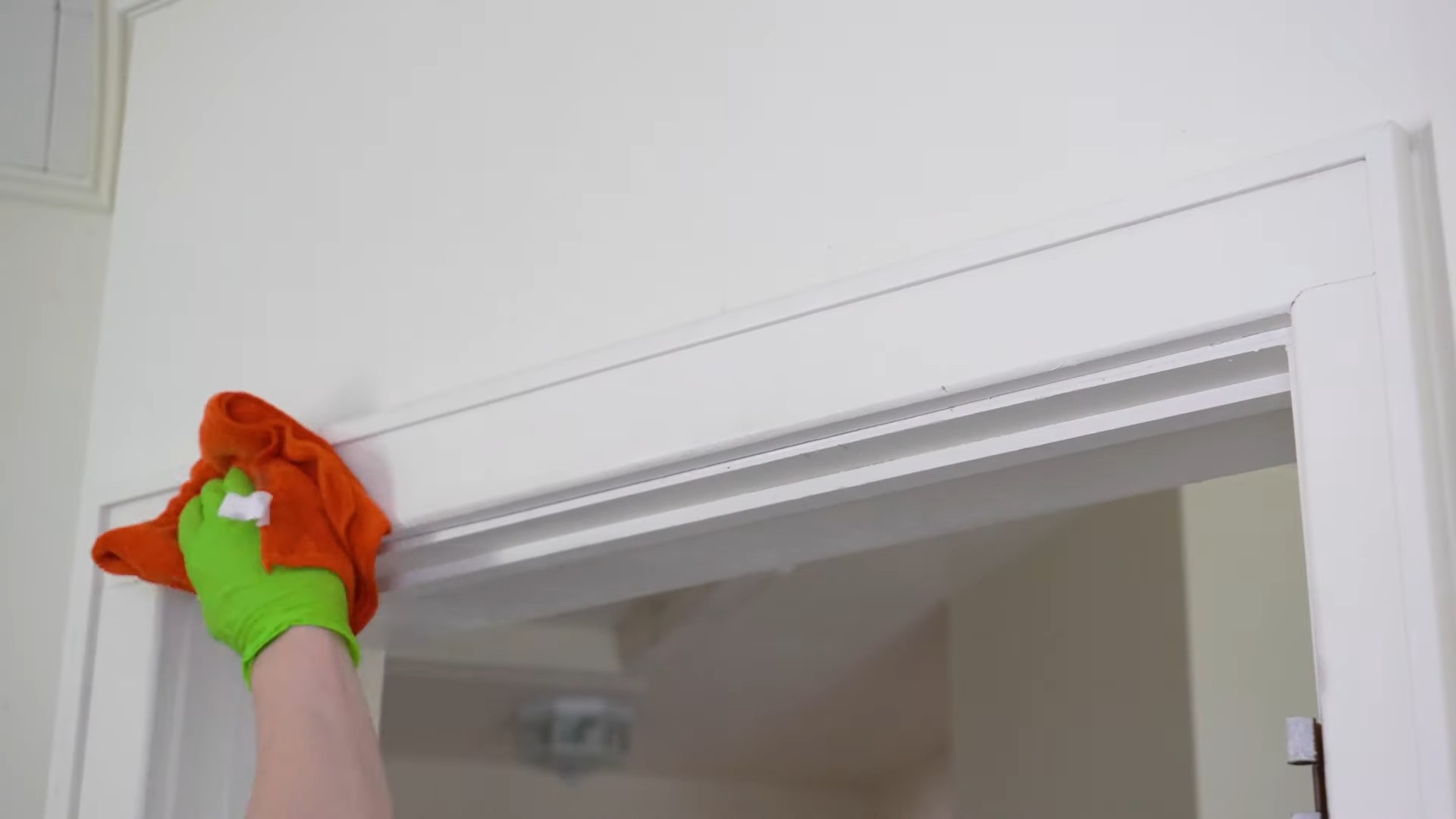
DIY Vinegar Cleaning Power: Recipes and Hacks for a Sparkling Home
Okay, let’s ditch those expensive, chemical-laden cleaners and embrace the amazing cleaning power of vinegar! I’m going to walk you through some fantastic DIY vinegar cleaner recipes and hacks that will leave your home sparkling, fresh, and feeling good about being eco-friendly. Get ready to be amazed by how versatile and effective this simple ingredient can be!
General Cleaning Solution: Your All-Purpose Vinegar Wonder
This is my go-to recipe for everyday cleaning. It’s simple, effective, and smells much better than straight vinegar (trust me!).
What you’ll need:
* Spray bottle
* White distilled vinegar
* Water
* Essential oil (optional, but recommended! Lavender, lemon, tea tree, or eucalyptus are great choices)
Step-by-step instructions:
1. Prepare the bottle: Make sure your spray bottle is clean and empty.
2. Mix the solution: In the spray bottle, combine equal parts white distilled vinegar and water. I usually do a 1:1 ratio, so if you’re using a 16-ounce bottle, add 8 ounces of vinegar and 8 ounces of water.
3. Add essential oils (optional): This is where you can customize the scent! Add 10-20 drops of your favorite essential oil. I personally love lemon for its fresh, clean scent and antibacterial properties.
4. Shake it up: Secure the spray nozzle and shake the bottle well to combine all the ingredients.
5. Start cleaning! Spray the solution onto surfaces like countertops, sinks, appliances, and floors (test a small, inconspicuous area first, especially on delicate surfaces like marble or wood). Let it sit for a few minutes, then wipe clean with a damp cloth or sponge.
Tips and Tricks:
* Vinegar smell: Don’t worry too much about the vinegar smell. It dissipates quickly as it dries. The essential oils will also help mask the odor.
* Surface testing: Always test the solution on a small, hidden area before cleaning the entire surface, especially if you’re unsure about the material.
* Storage: Store your vinegar cleaning solution in a cool, dark place. It should last for several months.
* Don’t mix with bleach: This is a crucial safety tip! Never mix vinegar with bleach, as it can create toxic fumes.
Glass and Mirror Cleaner: Streak-Free Shine
Say goodbye to streaks and hello to sparkling clean glass and mirrors with this simple vinegar solution.
What you’ll need:
* Spray bottle
* White distilled vinegar
* Water
* Microfiber cloth
Step-by-step instructions:
1. Prepare the bottle: Ensure your spray bottle is clean and empty.
2. Mix the solution: Combine equal parts white distilled vinegar and water in the spray bottle. A 1:1 ratio works perfectly.
3. Spray and wipe: Lightly spray the solution onto the glass or mirror surface.
4. Wipe clean: Use a clean, dry microfiber cloth to wipe the surface in a circular motion. Buff until dry and streak-free.
Tips and Tricks:
* Microfiber is key: Using a microfiber cloth is essential for achieving a streak-free finish. Paper towels can leave lint behind.
* Less is more: Don’t oversaturate the surface with the solution. A light mist is all you need.
* Outdoor windows: For outdoor windows, you can add a teaspoon of dish soap to the solution for extra cleaning power.
* Hard water spots: If you have hard water spots, you can pre-treat them with undiluted vinegar before cleaning the entire surface. Let the vinegar sit on the spots for a few minutes before wiping clean.
Bathroom Cleaner: Tackling Grime and Soap Scum
Vinegar is a fantastic natural disinfectant and can effectively remove soap scum, mildew, and hard water stains in the bathroom.
What you’ll need:
* Spray bottle
* White distilled vinegar
* Water
* Baking soda (optional, for extra scrubbing power)
* Scrub brush or sponge
Step-by-step instructions:
1. Prepare the bottle: Make sure your spray bottle is clean and empty.
2. Mix the solution: Combine equal parts white distilled vinegar and water in the spray bottle.
3. Spray and let sit: Spray the solution onto shower walls, tiles, sinks, and toilets. Let it sit for 10-15 minutes to allow the vinegar to break down the grime and soap scum.
4. Scrub (if needed): For stubborn stains or soap scum, sprinkle baking soda onto the surface and scrub with a brush or sponge. The baking soda will act as a gentle abrasive.
5. Rinse thoroughly: Rinse the surfaces thoroughly with water.
6. Dry: Wipe the surfaces dry with a clean cloth.
Tips and Tricks:
* Shower doors: For shower doors with heavy soap scum buildup, you can soak a cloth in vinegar and attach it to the door with tape. Let it sit for an hour or two before scrubbing and rinsing.
* Toilet bowl cleaner: Pour a cup of vinegar into the toilet bowl and let it sit overnight. In the morning, scrub with a toilet brush and flush.
* Showerhead cleaning: To remove mineral deposits from your showerhead, fill a plastic bag with vinegar and secure it around the showerhead with a rubber band. Make sure the showerhead is submerged in the vinegar. Let it soak overnight, then remove the bag and run the shower to flush out any remaining vinegar.
* Mold and mildew: Vinegar is effective at killing mold and mildew. Spray undiluted vinegar onto affected areas, let it sit for an hour, then scrub and rinse.
Drain Cleaner: Unclogging Drains Naturally
Forget harsh chemical drain cleaners! Vinegar and baking soda can work wonders to unclog drains.
What you’ll need:
* Baking soda
* White distilled vinegar
* Hot water
Step-by-step instructions:
1. Pour in baking soda: Pour about 1/2 cup of baking soda down the drain.
2. Add vinegar: Follow with 1 cup of white distilled vinegar.
3. Let it fizz: Let the mixture fizz and bubble for 30 minutes. This chemical reaction helps to break down the clog.
4. Flush with hot water: After 30 minutes, pour a pot of boiling water down the drain to flush away the loosened debris.
Tips and Tricks:
* Repeat if necessary: If the drain is still clogged, repeat the process.
* Prevention: To prevent clogs, pour a cup of boiling water down the drain once a week.
* Grease clogs: For grease clogs, you can add a tablespoon of dish soap to the baking soda and vinegar mixture.
* Plunger: If the baking soda and vinegar method doesn’t work, try using a plunger to dislodge the clog.
Microwave Cleaner: Steam Cleaning Made Easy
Cleaning a microwave can be a pain, but this vinegar steam cleaning method makes it a breeze.
What you’ll need:
* Microwave-safe bowl
* White distilled vinegar
* Water
Step-by-step instructions:
1. Mix the solution: In the microwave-safe bowl, combine equal parts white distilled vinegar and water (about 1 cup of each).
2. Microwave: Place the bowl in the microwave and heat on high for 5-10 minutes, or until the solution boils and the microwave is filled with steam.
3. Let it sit: Carefully remove the bowl from the microwave (it will be hot!) and let the microwave sit with the door closed for another 5-10 minutes. The steam will loosen the grime and splatters.
4. Wipe clean: Use a damp cloth or sponge to easily wipe away the loosened grime.
Tips and Tricks:
* Lemon peel: For a fresh scent, add a lemon peel to the vinegar and water mixture before microwaving.
* Stubborn stains: For stubborn stains, you can scrub them with a paste of baking soda and water after steaming.
* Turntable: Don’t forget to remove and wash the microwave turntable separately.
Laundry Booster: Freshening and Brightening Clothes
Vinegar can be a surprisingly effective laundry booster, helping to freshen, brighten, and soften clothes.
What you’ll need:
* White distilled vinegar
Step-by-step instructions:
1. Add to the wash: Add 1/2 cup of white distilled vinegar to the fabric softener dispenser of your washing machine.
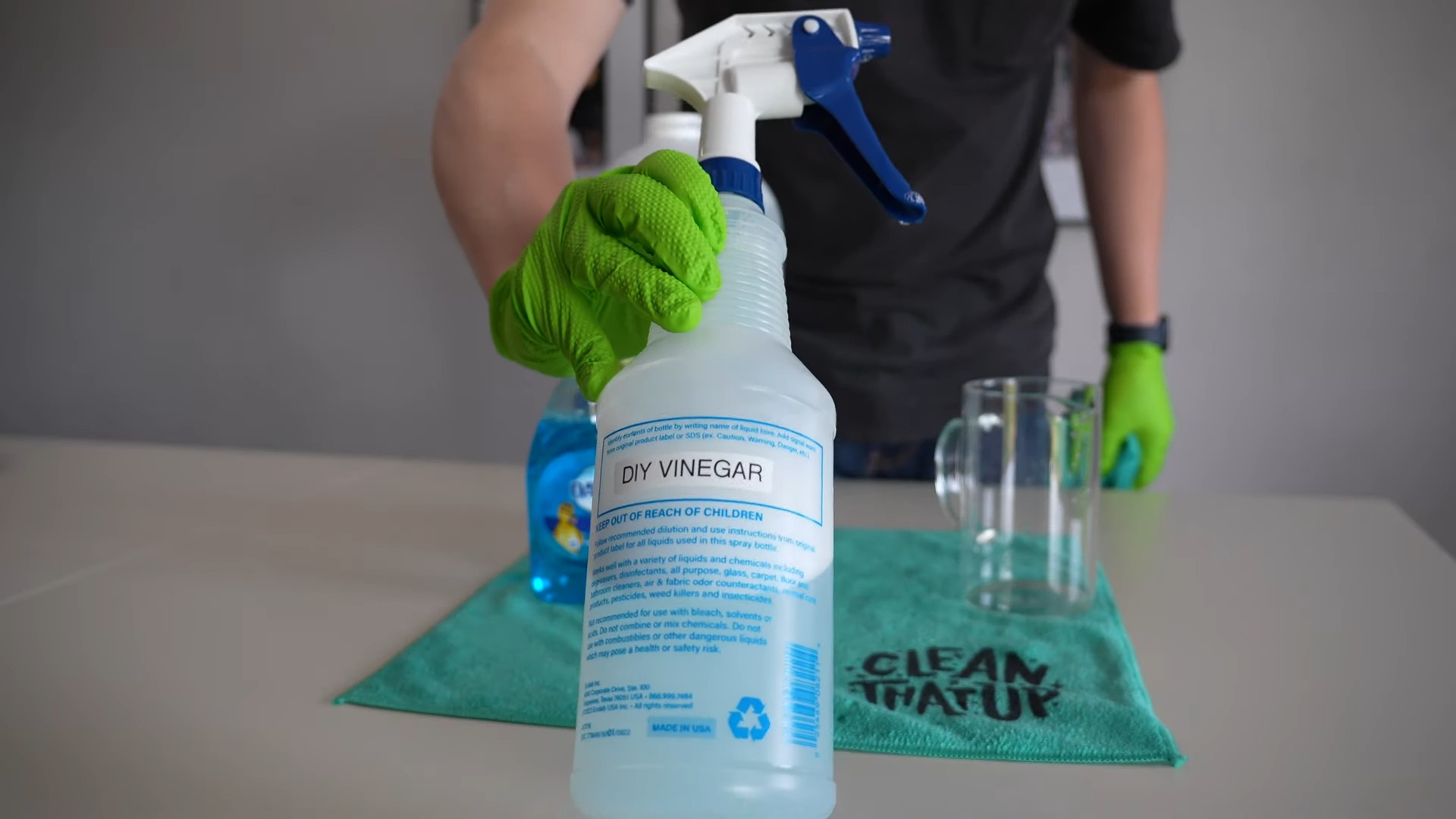
Conclusion
So, there you have it! Ditching those harsh chemicals and embracing the power of a homemade vinegar cleaner recipe is not just a trend; it’s a smart, sustainable, and surprisingly effective way to keep your home sparkling. We’ve explored the versatility of vinegar, from its grease-cutting prowess in the kitchen to its disinfecting abilities in the bathroom. You’ve learned how to customize your own cleaning solutions, tailoring them to your specific needs and preferences.
Why is this a must-try? Because it’s cost-effective. You’re likely already stocked with vinegar, making this a budget-friendly alternative to expensive commercial cleaners. It’s eco-friendly. By reducing your reliance on chemical-laden products, you’re contributing to a healthier planet for yourself and future generations. And it’s customizable. You control the ingredients, ensuring that your cleaning solutions are free from harsh chemicals and allergens that can irritate sensitive skin or respiratory systems.
But the benefits don’t stop there. The simplicity of these recipes means you can whip up a batch in minutes, saving you time and effort. Plus, the satisfaction of knowing you’re cleaning with natural ingredients is a reward in itself.
Ready to take your vinegar cleaning to the next level? Consider these variations:
* **Infused Vinegar:** Add citrus peels (lemon, orange, grapefruit) to your vinegar and let it steep for a few weeks. This will infuse the vinegar with a pleasant scent and enhance its cleaning power. Strain the vinegar before using.
* **Herbal Vinegar:** Experiment with adding herbs like lavender, rosemary, or thyme to your vinegar. These herbs not only add a delightful fragrance but also possess antibacterial and antifungal properties.
* **Vinegar and Essential Oil Blends:** While vinegar alone is effective, adding a few drops of your favorite essential oils can boost its cleaning power and create a more aromatic experience. Tea tree oil, eucalyptus oil, and lavender oil are excellent choices. Remember to always dilute essential oils properly.
* Vinegar for Laundry: Add 1/2 cup of white vinegar to your washing machine’s fabric softener dispenser. It will help to soften clothes, remove odors, and brighten colors.
* Vinegar for Windows: Mix equal parts white vinegar and water in a spray bottle for streak-free windows and mirrors.
Don’t be afraid to experiment and find the perfect vinegar cleaner recipe that suits your needs. The possibilities are endless!
We’re confident that once you experience the cleaning power and versatility of vinegar, you’ll never go back to those harsh chemical cleaners. So, grab a bottle of vinegar, gather your ingredients, and get ready to transform your cleaning routine.
We encourage you to try these DIY vinegar cleaning tricks and share your experiences with us. What are your favorite vinegar cleaning recipes? What tips and tricks have you discovered? Let us know in the comments below! We can’t wait to hear from you. Let’s create a community of eco-conscious cleaners who are passionate about using natural and effective solutions. Your insights and experiences will inspire others to make the switch and embrace the power of vinegar. Together, we can create a cleaner, healthier, and more sustainable world, one vinegar-cleaned surface at a time.
FAQ
What kind of vinegar should I use for cleaning?
White distilled vinegar is the best choice for cleaning. It’s inexpensive, readily available, and has a high acidity level, making it effective at cutting through grease, grime, and bacteria. Avoid using apple cider vinegar or other types of vinegar, as they may contain sugars or other substances that can leave a sticky residue.
Is vinegar safe to use on all surfaces?
While vinegar is a versatile cleaner, it’s not suitable for all surfaces. Avoid using vinegar on natural stone surfaces like marble, granite, and limestone, as it can etch and damage them. It’s also best to avoid using vinegar on waxed furniture, as it can strip the wax. When in doubt, test the vinegar solution on a small, inconspicuous area before applying it to the entire surface.
Can I mix vinegar with bleach?
Never mix vinegar with bleach. This combination creates chlorine gas, which is highly toxic and can cause serious respiratory problems, burns, and even death. Always use vinegar and bleach separately and rinse surfaces thoroughly between applications.
How do I get rid of the vinegar smell?
The vinegar smell is temporary and usually dissipates within a few minutes. To minimize the odor, you can add a few drops of essential oils to your vinegar cleaning solution. Citrus oils like lemon and orange are particularly effective at masking the vinegar smell. You can also open windows and ventilate the area while cleaning.
Can I use vinegar to clean my coffee maker?
Yes, vinegar is an excellent way to clean your coffee maker and remove mineral buildup. Fill the water reservoir with equal parts white vinegar and water. Run the coffee maker through a full brewing cycle. Then, run it through two more cycles with fresh water to rinse away any remaining vinegar.
How often should I clean with vinegar?
The frequency of cleaning with vinegar depends on your individual needs and preferences. For general cleaning, you can use vinegar solutions once or twice a week. For tougher cleaning tasks, such as removing soap scum or mildew, you may need to use vinegar more frequently.
Can I use vinegar to clean my toilet?
Yes, vinegar can be used to clean your toilet. Pour a cup of white vinegar into the toilet bowl and let it sit for at least 30 minutes, or preferably overnight. Then, scrub the bowl with a toilet brush and flush. Vinegar can help to remove stains, mineral deposits, and odors.
Is vinegar effective at killing germs?
Vinegar is a natural disinfectant that can kill many common household germs, including E. coli and Salmonella. However, it’s not as effective as commercial disinfectants at killing all types of germs. For surfaces that require thorough disinfection, such as those in contact with raw meat or poultry, it’s best to use a commercial disinfectant.
Can I use vinegar to clean my microwave?
Yes, vinegar is a safe and effective way to clean your microwave. Mix equal parts white vinegar and water in a microwave-safe bowl. Microwave the mixture for 5-10 minutes, or until the solution boils and the microwave is filled with steam. Then, carefully remove the bowl and wipe down the inside of the microwave with a clean cloth. The steam will loosen any food splatters and make them easy to remove.
What are some other uses for vinegar besides cleaning?
Vinegar has many other uses besides cleaning, including:
* **Weed killer:** Spray undiluted white vinegar on weeds to kill them.
* **Fabric softener:** Add 1/2 cup of white vinegar to your washing machine’s fabric softener dispenser.
* **Odor remover:** Place a bowl of white vinegar in a room to absorb odors.
* **Egg poaching:** Add a tablespoon of white vinegar to the water when poaching eggs to help them hold their shape.
* **Fruit fly trap:** Fill a small bowl with apple cider vinegar and a drop of dish soap to trap fruit flies.
Can I use vinegar to remove hard water stains?
Yes, vinegar is excellent for removing hard water stains. Soak a cloth or sponge in white vinegar and apply it to the affected area. Let it sit for a few minutes, then scrub with a non-abrasive sponge or brush. Rinse with water and dry. For stubborn stains, you may need to repeat the process.
Is there a specific concentration of vinegar that is most effective for cleaning?
White distilled vinegar typically has an acidity level of around 5%, which is generally effective for most cleaning tasks. You can dilute vinegar with water for lighter cleaning, but for tougher jobs, using undiluted vinegar is often more effective.

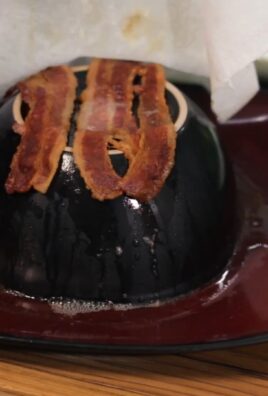
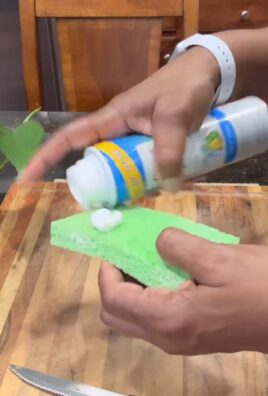
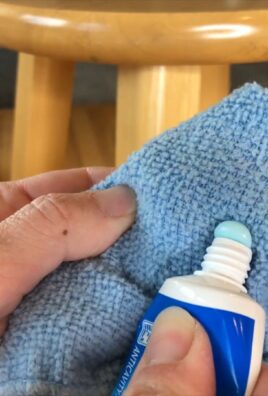
Leave a Comment